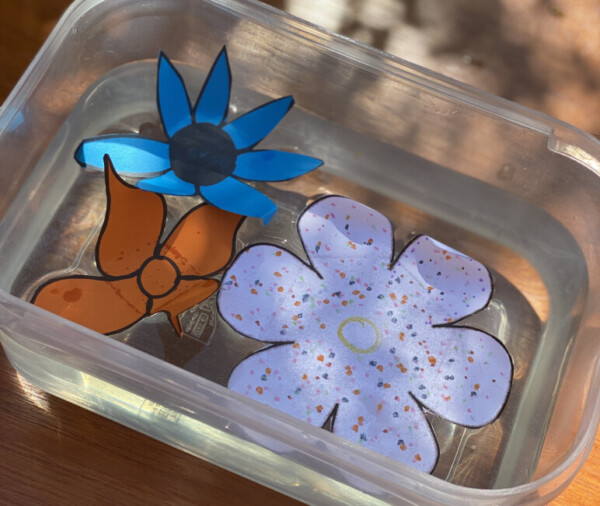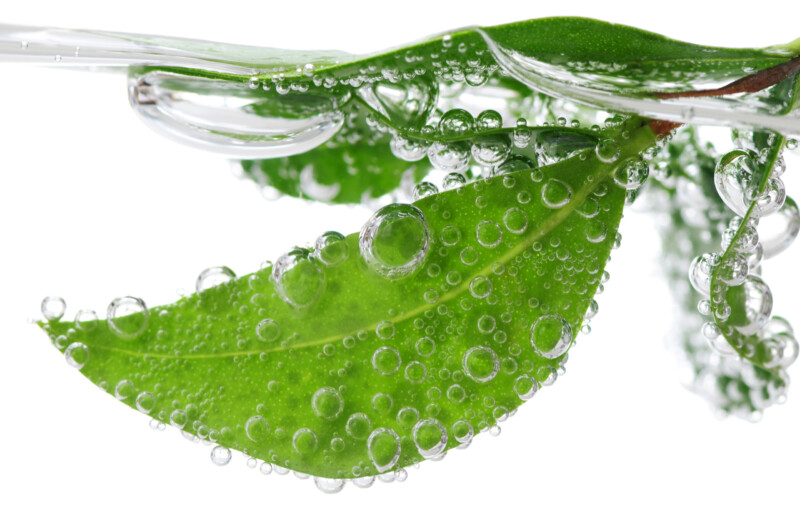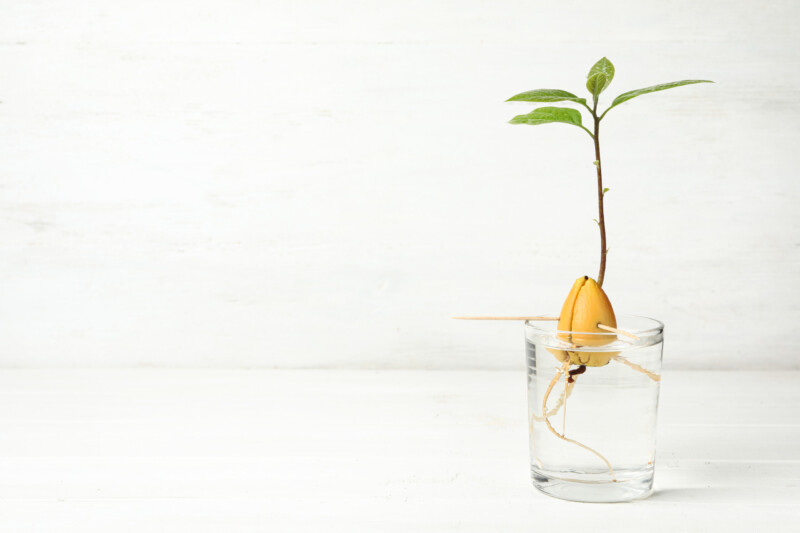Let’s Experiment! Easy STEM Activities for Kids
Watch this space each month for fun, simple STEM experiments that you can do with your child.
August 2025: Lemon Volcanoes
With just a few weeks of summer left hanging on, lemon volcanoes at home can be a fun way to get your kiddo excited about science lessons!
What you’ll need:
- Lemon
- Pan/tray (to place lemon on)
- Cutting knife
- Spoon
- Food coloring
- Baking soda
What you’ll do:
Let’s teach our kids about chemical reactions by making the popular at-home volcano, but with a lemon!
- First, cut a lemon in half. Cut off the ends so it can stably stand up with the open face upwards.
- Then take the spoon and mash up the inside of the lemon – but keep the pulp in the skin –don’t remove it! This is needed for the chemical reaction to occur.
- Then place a couple of food coloring drops into the mashed-up lemon.
- Pour baking soda so it covers the entire top of the lemon, usually 1/4-1/3 cup of baking soda, and stir it around with the mushed pulp, so it all incorporates. Keep mixing periodically and watch the chemical reaction occur! The baking soda acts as a base to help neutralize the citric acid from the lemon causing a foam to occur!
June 2025: Make a Solar Oven
What better way to kick off the summer season than to make your very own solar oven at home with the kids.
It is a great way to utilize the start of these hot summer days, learn a little science and have a sweet treat in between!
What You’ll Need
Start by saving an old pizza box, grabbing some aluminum foil, scissors, black construction paper, plastic wrap, tape, a ruler and ingredients for s’mores (chocolate bar, graham crackers and marshmallows).
What You Do
- Draw a square about 2 inches in on the top of the pizza box. Cut along the lines on three sides of the square, leaving the top attached to form a hinge. A box cutter or Xacto knife might be easier to use for this.
- Fold up the square flap that you have made. Prop open the flap of the square with a ruler, and then cover the top flap with aluminum foil. This will be what reflects and concentrates sunlight into the box.
- Then, tape down some black construction paper on the bottom of the inside of the box. Black absorbs sunlight more than any other color, and this will help convert the heat in the box and warm the food at a faster rate.
- Place your uncooked s’mores in the box and seal the open top with plastic wrap. The plastic will allow sunlight to enter the “oven” while also sealing in heat. Turn your solar oven so that the aluminum flap is facing the sun. Did your marshmallows melt?
How It Works
Similar to a greenhouse, a solar oven uses the plastic to let sunlight in but then traps the heat, while the reflection of the aluminum allows for an increase in heat in the process.
May 2025: Blooming Flower Experiment
We were all taught “April showers bring May flowers” as a kid. Chances are, our kids know that saying, too. So why not take this month to teach them a little more about flowers – this time with an experiment called the “blooming flower trick.”
The supplies are easy: a bowl of water, a sheet of paper cut into flower shapes and markers.
Start by filling a bowl with water. Have your child decorate the paper flower with markers any way they would like. Then fold the flower petals inward so that all the petals of the flower are flat towards the center.
Next, have your child carefully place the flower, face side up, into the water. No need to submerge it, just let it float on the surface of the water and wait to see what happens.
The paper flower will slowly open up, or blossom, in front of their eyes.
This teaches the child about capillary action. Which means that water travels through the tiny spaces of the paper, just like it does with real flowers, to help it grow.
April 2025: Do Plants Breathe?
I really like this experiment, because it shows children that plants are living, breathing organisms. And it’s simple!
Take your child outside to pick an active leaf from a tree, and then submerge it in water. At this point tiny bubbles will form along the surface of the leaf, showing kids that leaves are breathing just like humans!
Bonus: After this they can turn the leaf into an art project by making a leaf rubbing with crayons and a sheet of paper!
March 2025: Grow an Avocado Tree
For spring break, my thoughts turn to plants. At the beginning of spring break, parent and child can make an avocado tree.
Supplies needed:
- Avocado seed
- A jar with water
- Toothpicks to balance the seed atop the jar
Push toothpicks into the seed halfway down. Place the seed over the jar opening with toothpicks holding it up. The rounded bottom half of the seed should be submerged in water. Watch as a tree grows from the seed over the next days and weeks.
Parents can teach children about growing and giving plants water and light.









